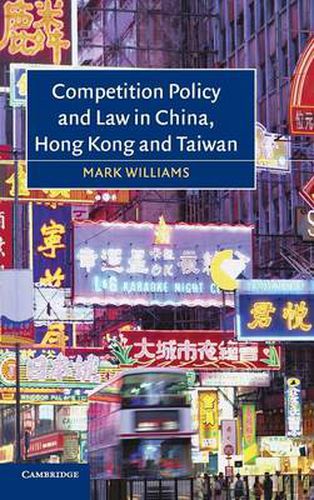Readings Newsletter
Become a Readings Member to make your shopping experience even easier.
Sign in or sign up for free!
You’re not far away from qualifying for FREE standard shipping within Australia
You’ve qualified for FREE standard shipping within Australia
The cart is loading…






This book is the only comprehensive guide to the competition regimes of China, Hong Kong and Taiwan. Chinese developments are placed in the context of the adoption of competition regimes by developing and transitional states world-wide and also in relation to the influence of trans-national organisations on transitional states to adopt market-based economic strategies. The book adopts an inter-disciplinary approach considering the political, economic and legal issues relevant to competition policy adoption. The paradoxical phenomenon of Communist mainland China seeking to adopt a pro-competition law, whilst capitalist Hong Kong refuses to do so, is explained and contrasted with the successful Taiwanese adoption of a competition regime over a decade ago. The underlying economic and political forces that have shaped this unusual matrix are discussed and analysed with a theoretical explanation offered for the existing state of affairs.
$9.00 standard shipping within Australia
FREE standard shipping within Australia for orders over $100.00
Express & International shipping calculated at checkout
This book is the only comprehensive guide to the competition regimes of China, Hong Kong and Taiwan. Chinese developments are placed in the context of the adoption of competition regimes by developing and transitional states world-wide and also in relation to the influence of trans-national organisations on transitional states to adopt market-based economic strategies. The book adopts an inter-disciplinary approach considering the political, economic and legal issues relevant to competition policy adoption. The paradoxical phenomenon of Communist mainland China seeking to adopt a pro-competition law, whilst capitalist Hong Kong refuses to do so, is explained and contrasted with the successful Taiwanese adoption of a competition regime over a decade ago. The underlying economic and political forces that have shaped this unusual matrix are discussed and analysed with a theoretical explanation offered for the existing state of affairs.